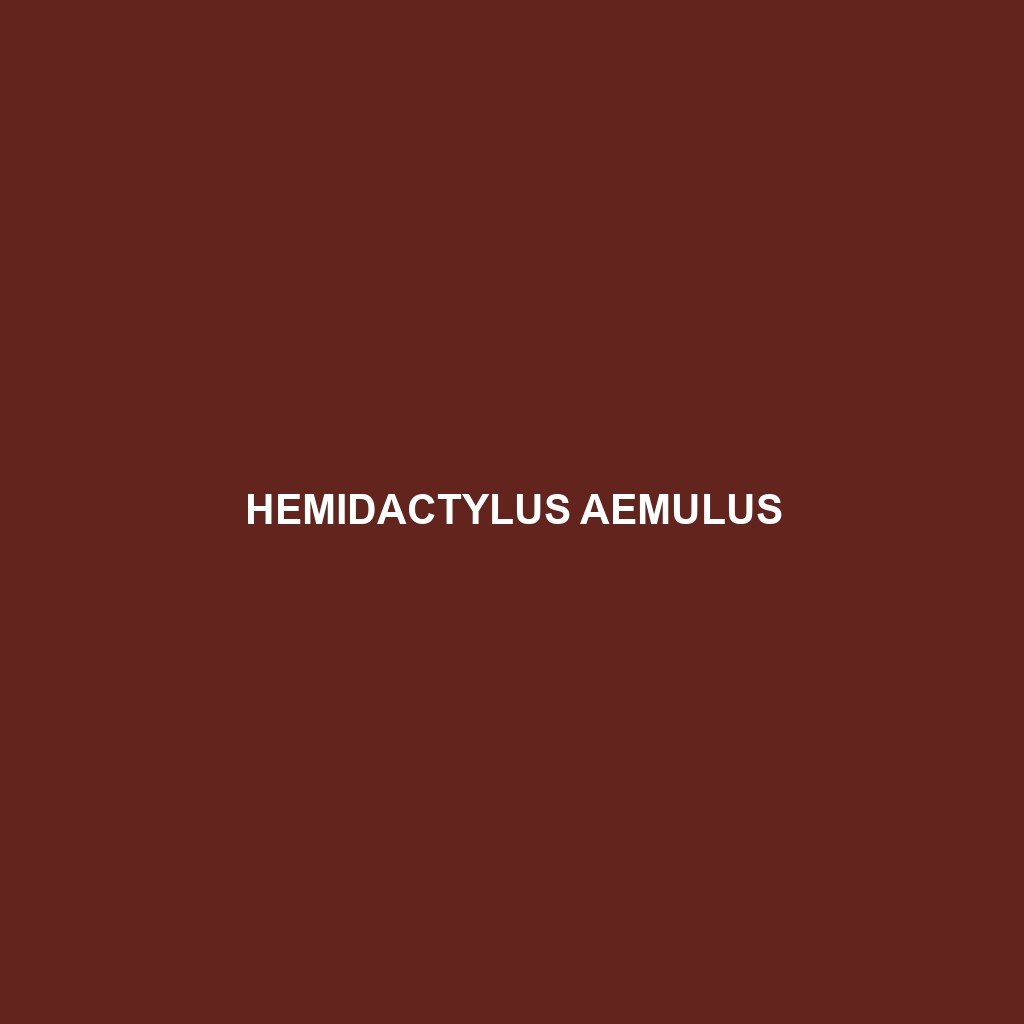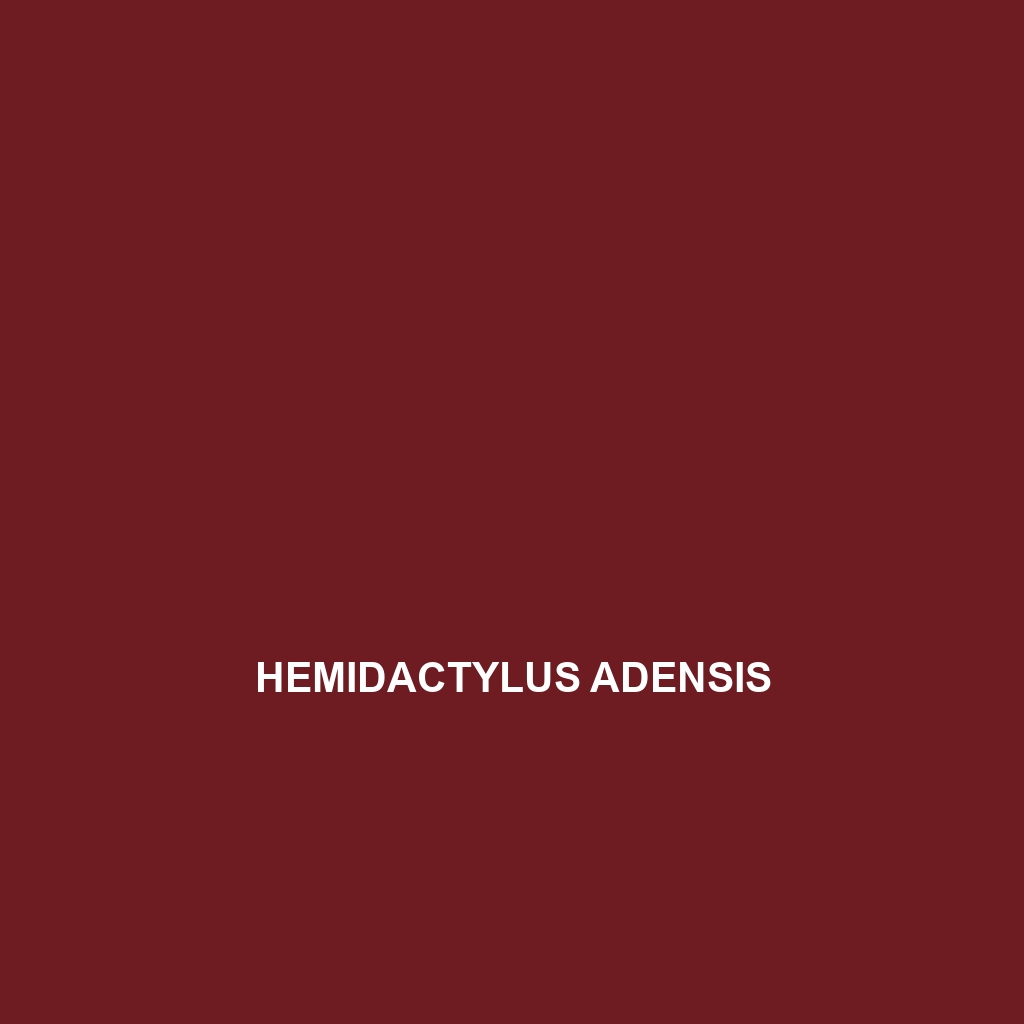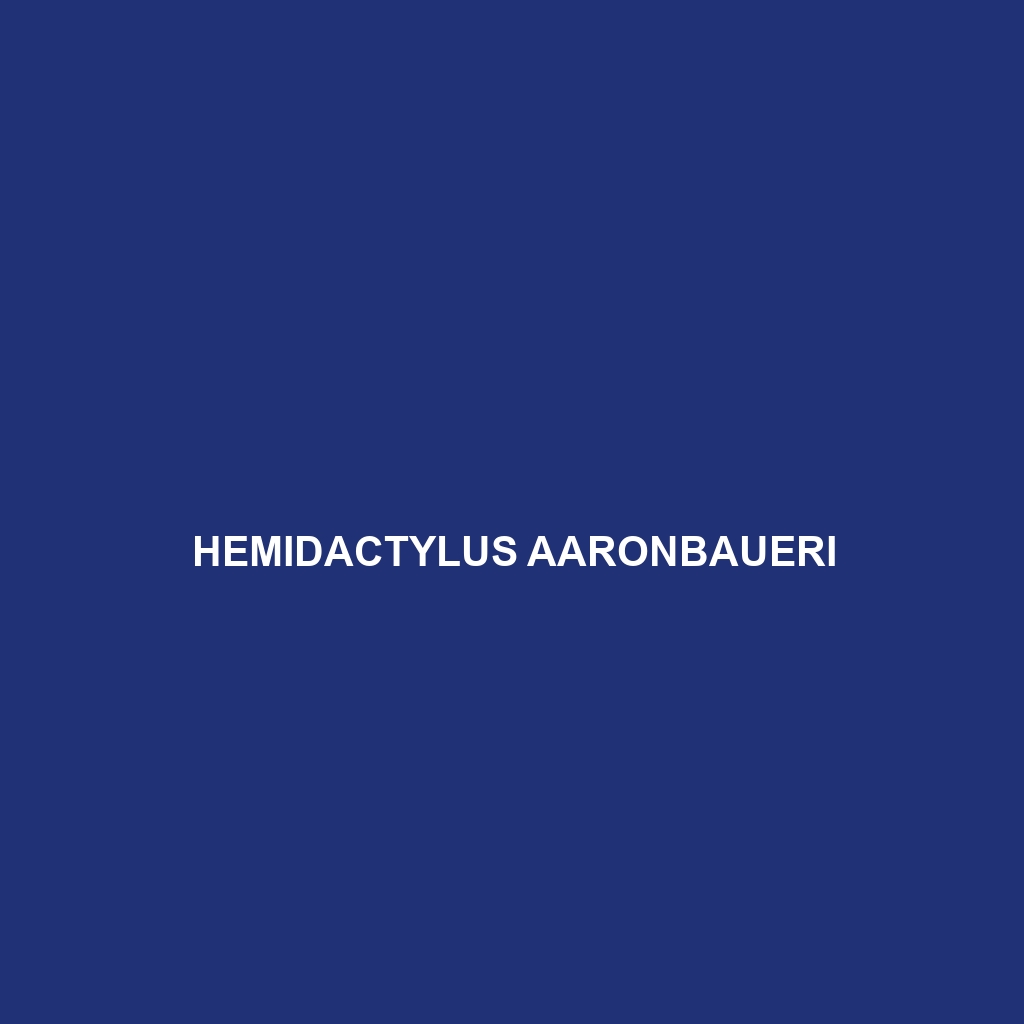Discover the <b>Bowring's Gecko (Hemidactylus bowringii)</b>, a versatile insectivorous species thriving in diverse Southeast Asian habitats, from tropical rainforests to urban areas. With distinct coloration and excellent climbing abilities, this nocturnal gecko plays a vital role in controlling insect populations while exhibiting fascinating behaviors and reproductive rituals.
Tag: tail regeneration
Hemidactylus brasilianus
Hemidactylus brasilianus, or the Brazilian gecko, is a small, nocturnal insectivore that thrives in various South American habitats, from tropical rainforests to urban areas. With distinctive adhesive toe pads and a remarkable ability to regenerate its tail, this adaptable species plays a vital role in controlling insect populations and serves as a crucial food source within its ecosystem.
Hemidactylus boavistensis
The Hemidactylus boavistensis, or Boa Vista gecko, is a medium-sized, nocturnal gecko known for its sandy brown coloration with darker spots, large adhesive toe pads, and regenerative tail. Native to the Cape Verde archipelago, it thrives in tropical ecosystems and plays a vital role in controlling insect populations.
Hemidactylus benguellensis
Experience the fascinating world of the Hemidactylus benguellensis, a nocturnal gecko native to Africa's tropical and subtropical regions. With its adaptable habits, distinctive coloration, and superior climbing abilities, this insectivorous species plays a crucial role in its ecosystem by managing insect populations.
Hemidactylus angulatus
<p><b>Hemidactylus angulatus</b>, commonly known as the Angular Gecko, is a medium-sized, nocturnal reptile native to tropical rainforests and sandy savannas in Southeast Asia and Africa. With its unique ability to regenerate its tail and excellent camouflage, this insectivorous species plays a crucial role in regulating insect populations and maintaining ecosystem balance.</p>
Hemidactylus almakhwah
<p>The <b>Hemidactylus almakhwah</b>, also known as the Al-Makhwah gecko, is a tropical species that thrives in diverse habitats, including rainforests and urban areas. With its distinctive adhesive toe pads and nocturnal hunting skills, this adaptable insectivore plays a vital role in controlling insect populations while showcasing remarkable features such as tail regeneration and vocal communication.</p>
Hemidactylus aemulus
<b>Hemidactylus aemulus</b>, commonly known as the common house gecko, is a small, nocturnal insectivore that thrives in tropical and subtropical habitats, showcasing a slender body, adhesive toe pads for climbing, and a diet primarily consisting of insects. This adaptable species plays a crucial role in its ecosystem by helping to regulate insect populations.
Hemidactylus achaemenidicus
<p><b>Hemidactylus achaemenidicus</b>, known as the Persian House Gecko, thrives in arid regions of the Middle East, particularly Iran and Iraq. This nocturnal insectivore, measuring 6 to 10 cm, exhibits excellent climbing abilities and plays a vital role in pest control while adapting well to urban environments.</p>
Hemidactylus aaronbaueri
Discover the remarkable Bauer's Gecko (Hemidactylus aaronbaueri), a nocturnal insectivore found in tropical and subtropical regions, from rainforests to sandy savannas. With its agile climbing abilities, distinctive scale patterns, and essential role in controlling insect populations, this gecko is an intriguing addition to any reptile enthusiast's collection.
Gymnodactylus vanzolinii
Introducing the Gymnodactylus vanzolinii, commonly known as Vanzolini's Gymnodactylus, a medium-sized, nocturnal gecko native to the rainforests of Brazil. With stunning brown and green patterns for camouflage, this insectivorous species thrives in diverse habitats and plays a vital role in maintaining ecological balance.








